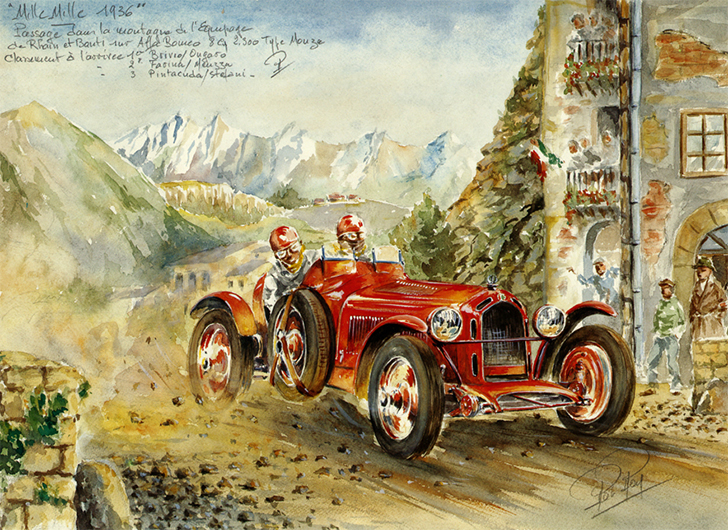Motor Racing History – Mille Miglia
Introduction
When I talk about the Mille Miglia, I feel quite moved, for it played such a big part in my life. I knew it as a driver, a team director and a constructor … and was always an admirer of its champions… In my opinion, the Mille Miglia was an epoch-making event, which told a wonderful story. The Mille Miglia created our cars and the Italian automobile industry. The Mille Miglia permitted the birth of GT, or grand touring cars, which are now sold all over the world. The Mille Miglia proved that by racing over open roads for 1,000 miles, there were great technical lessons to be learned by the petrol and oil companies and by brake, clutch, transmission, electrical and lighting component manufacturers, fully justifying the old adage that motor racing improves the breed. – ENZO FERRARI
Origins
Mille Miglia, the very words roll off the tongue and bring visions of sleek sports cars driven at fantastic speeds through small villages and along country roads, forcing their way past swarms of wasps, the countless Fiats that left the starting ramp hours before. Crowds seemingly oblivious of any danger watching the true heirs of the great city-to-city races that were run at the beginning of the 20th century.
No Subscription? You’re missing out
Get immediate ad-free access to all our premium content.
Get Started



